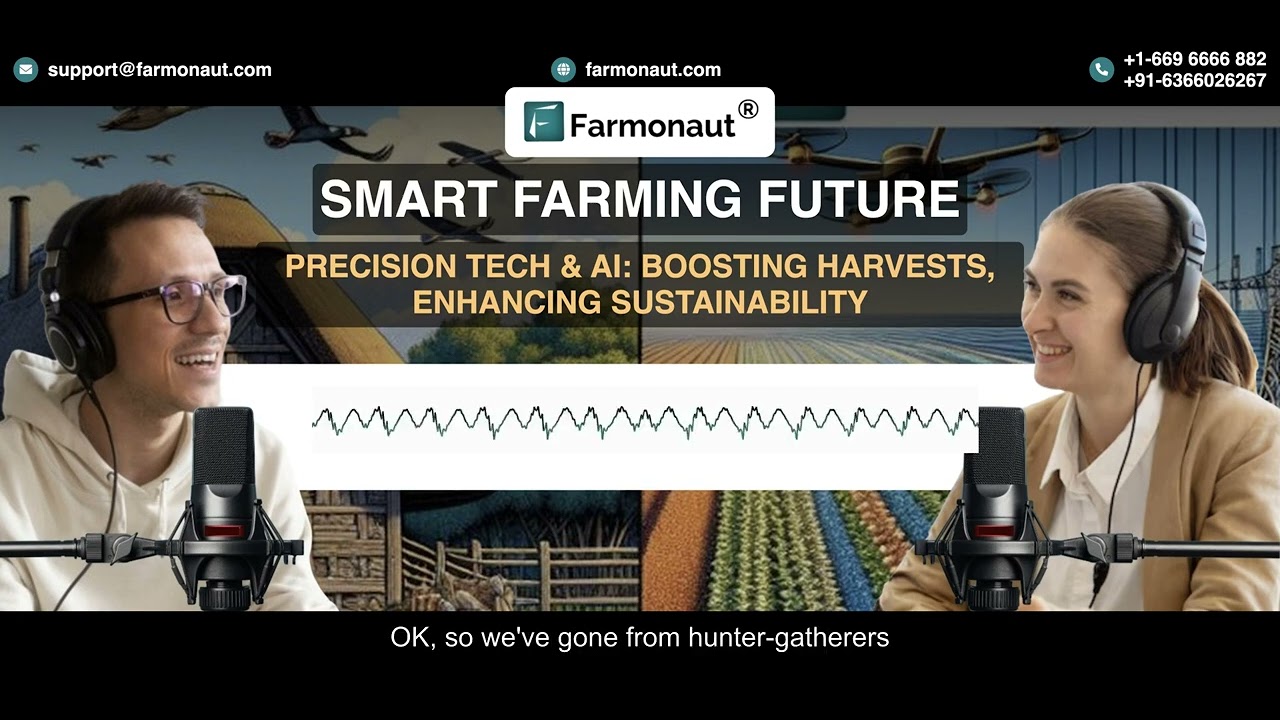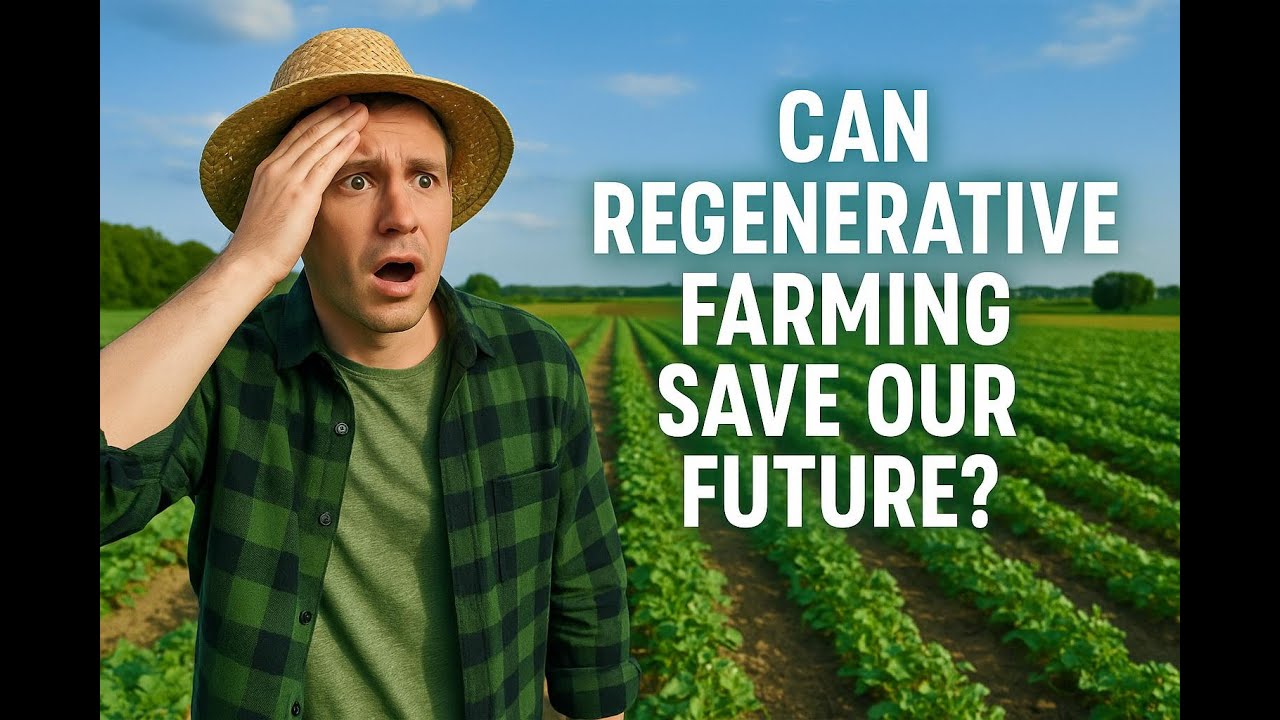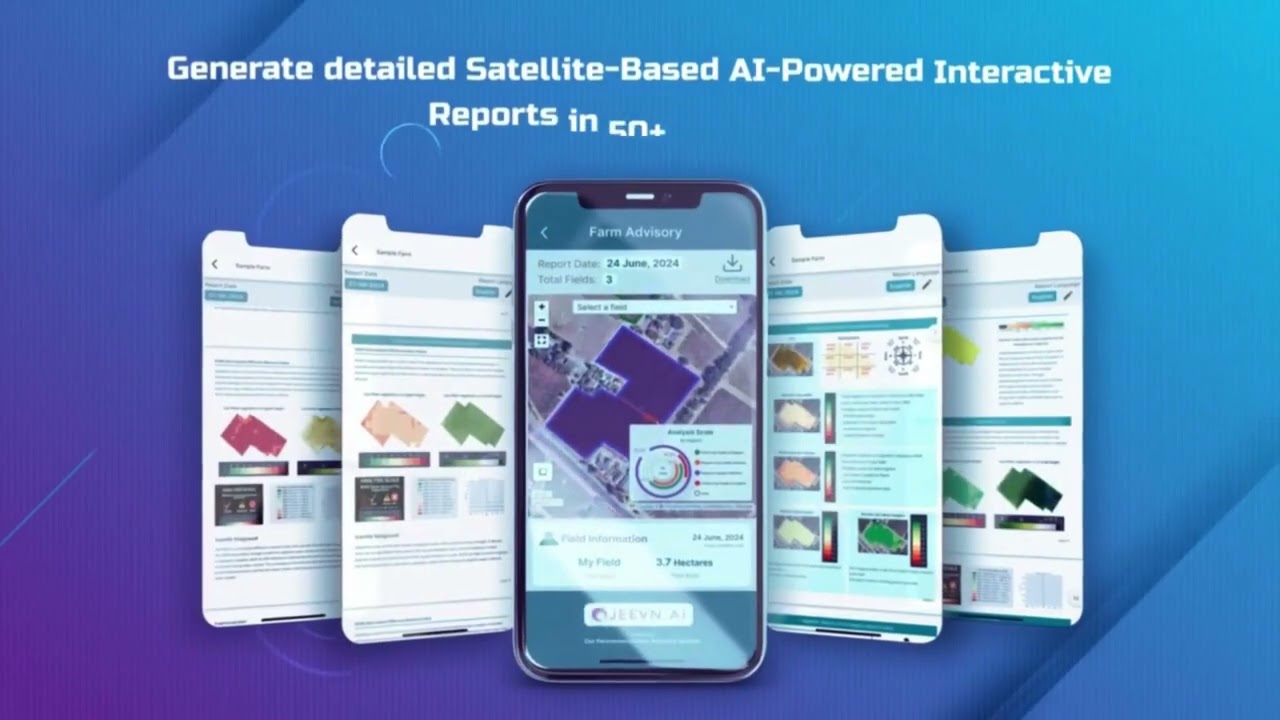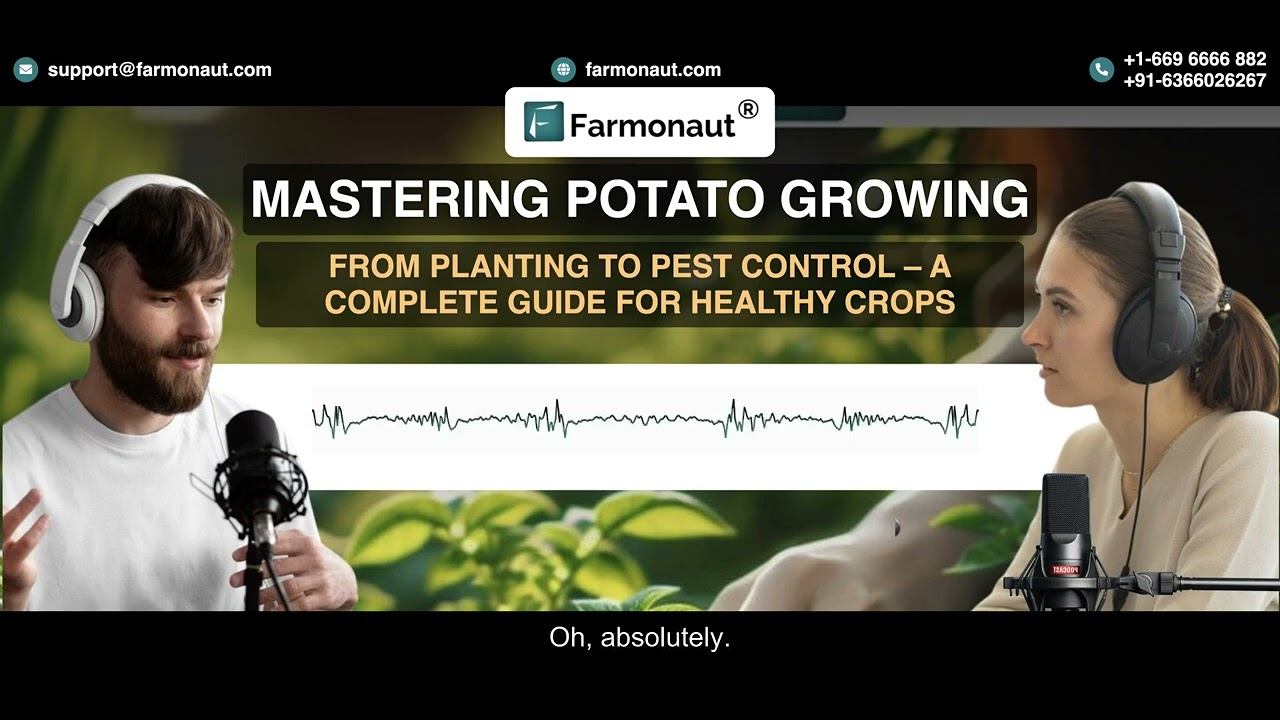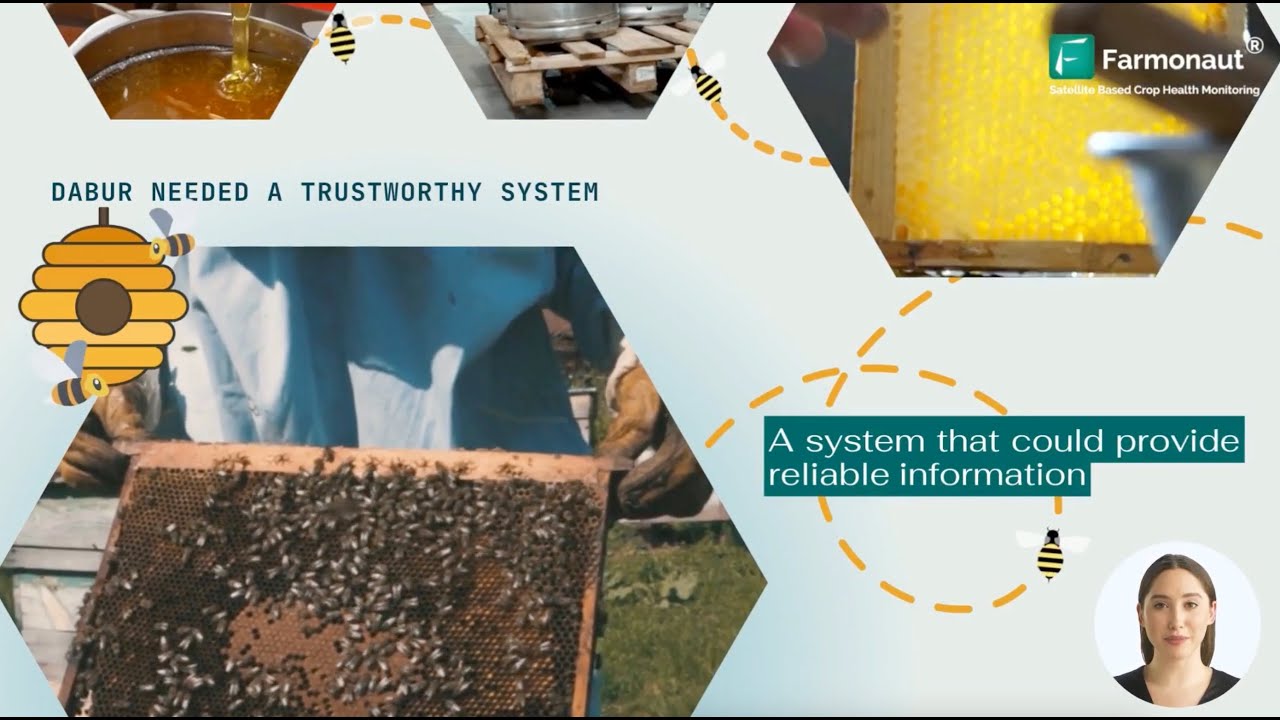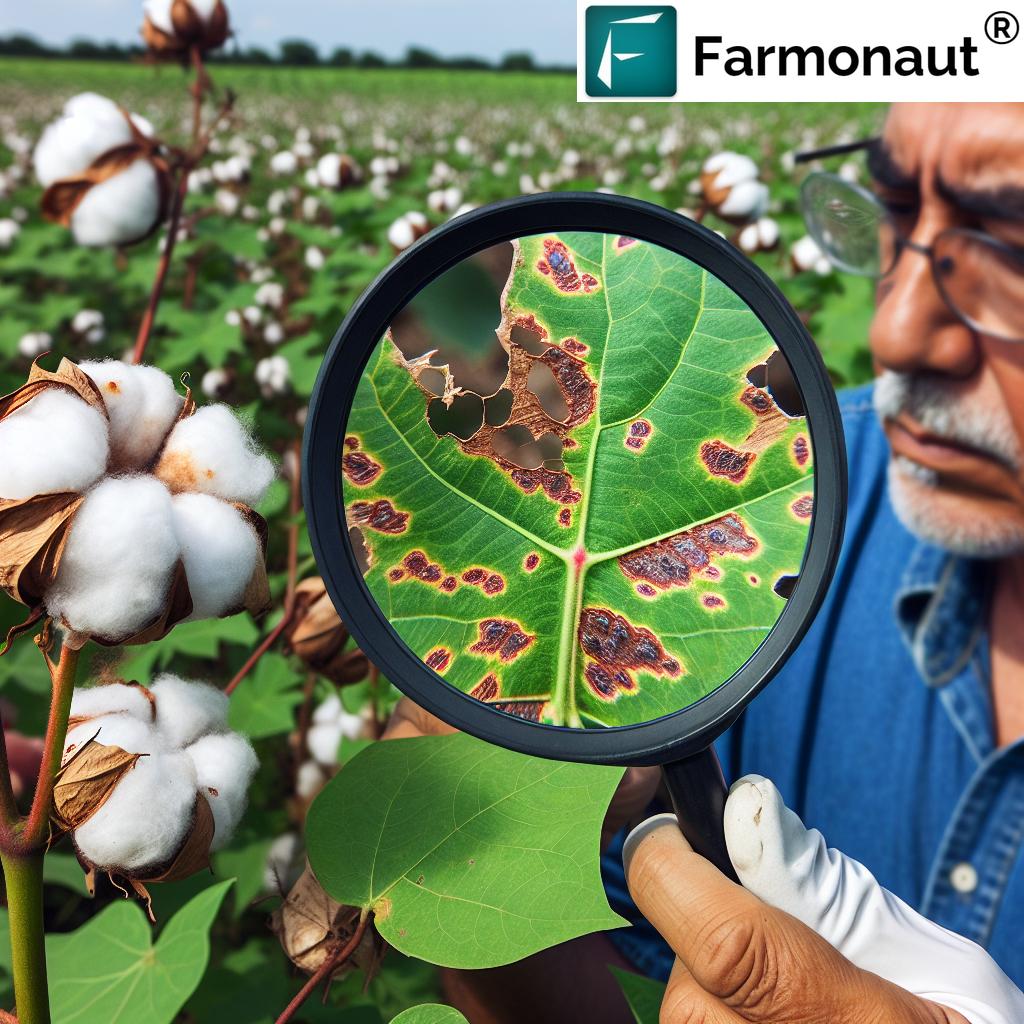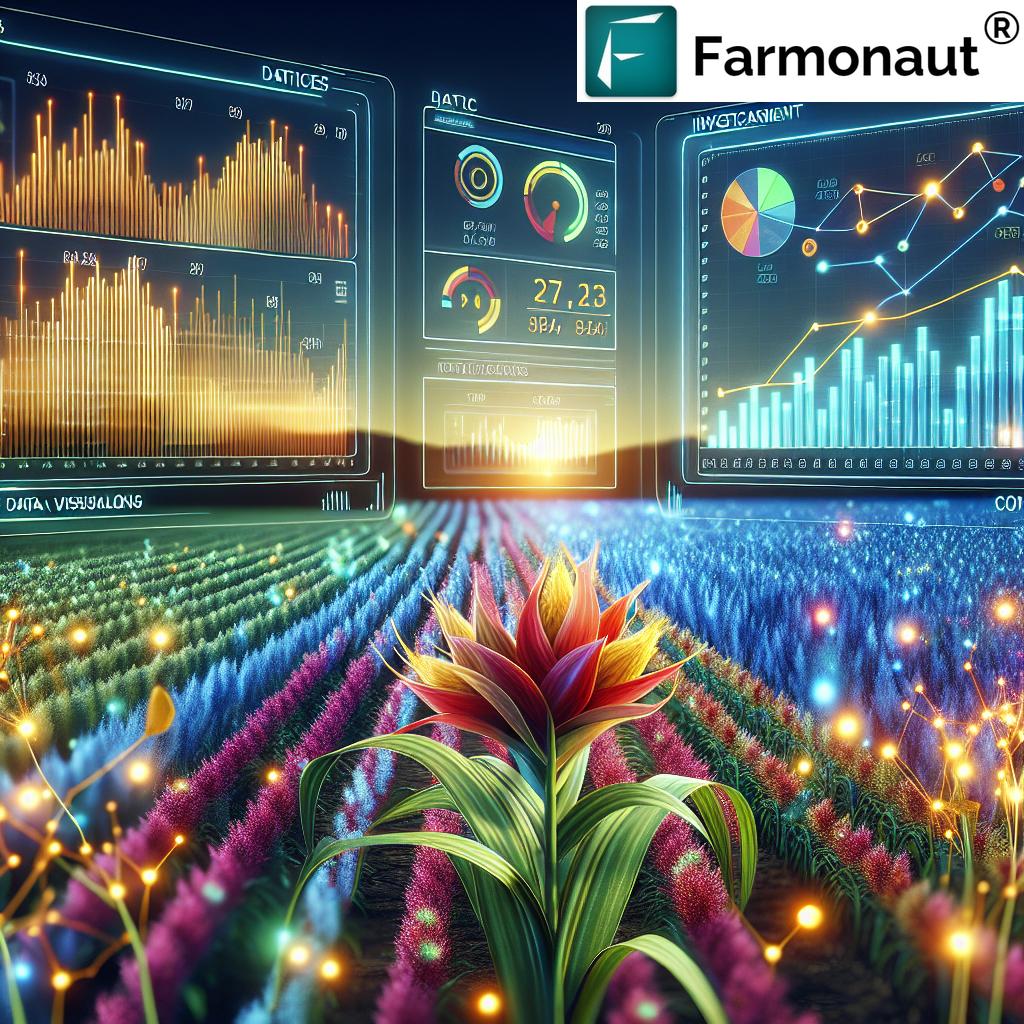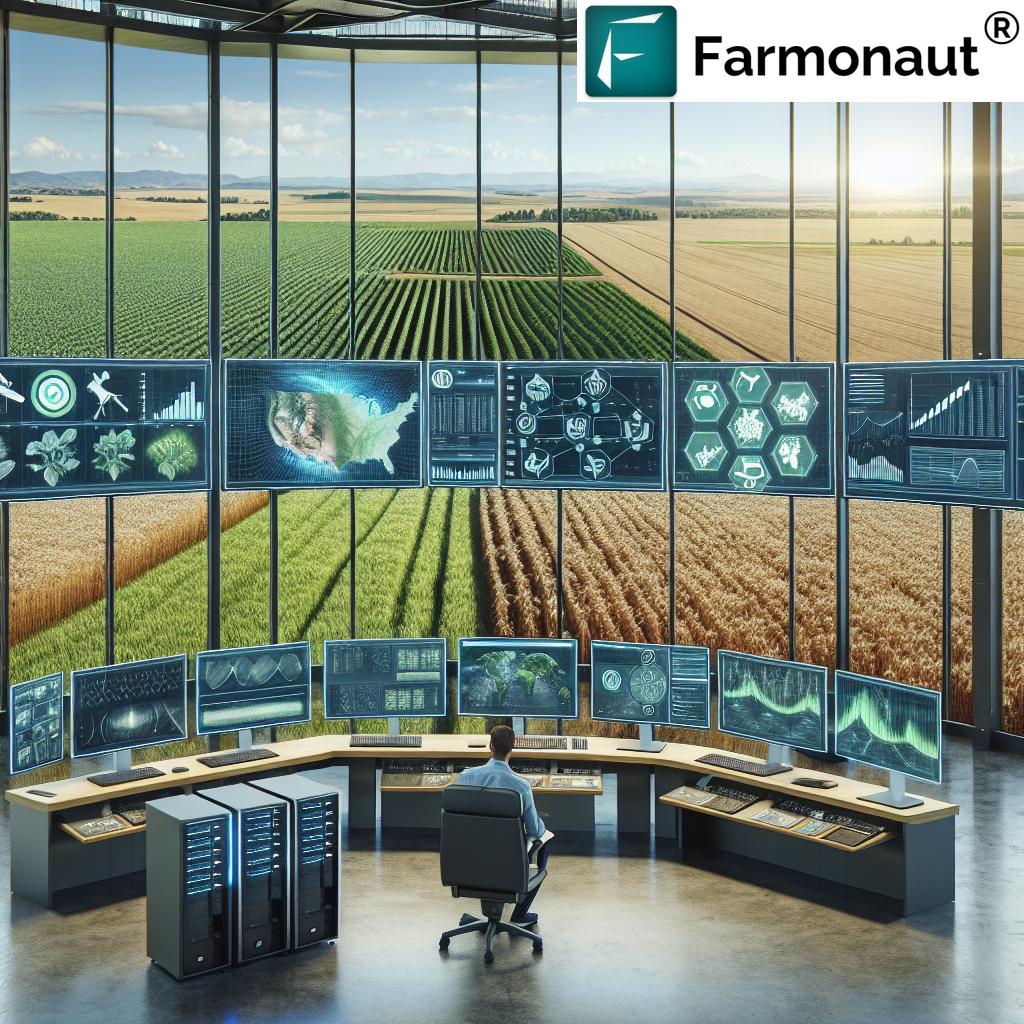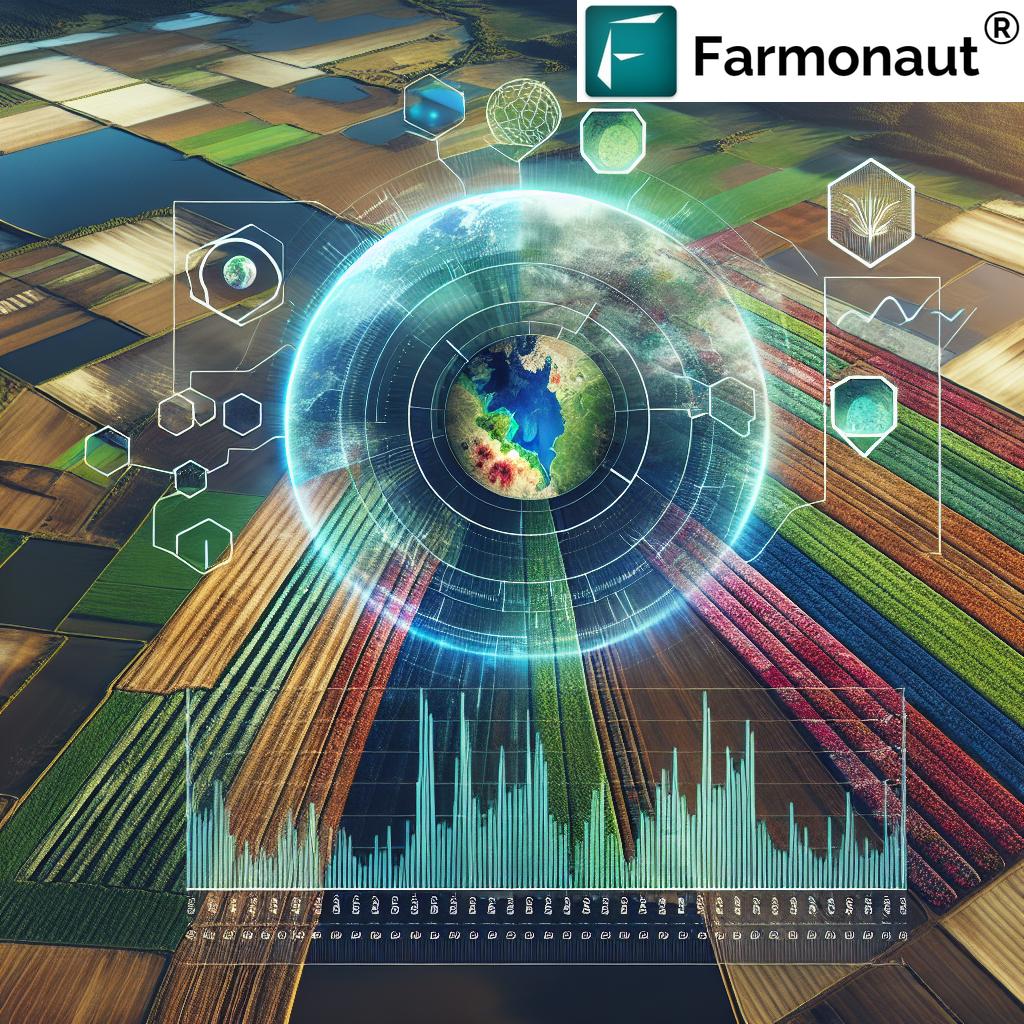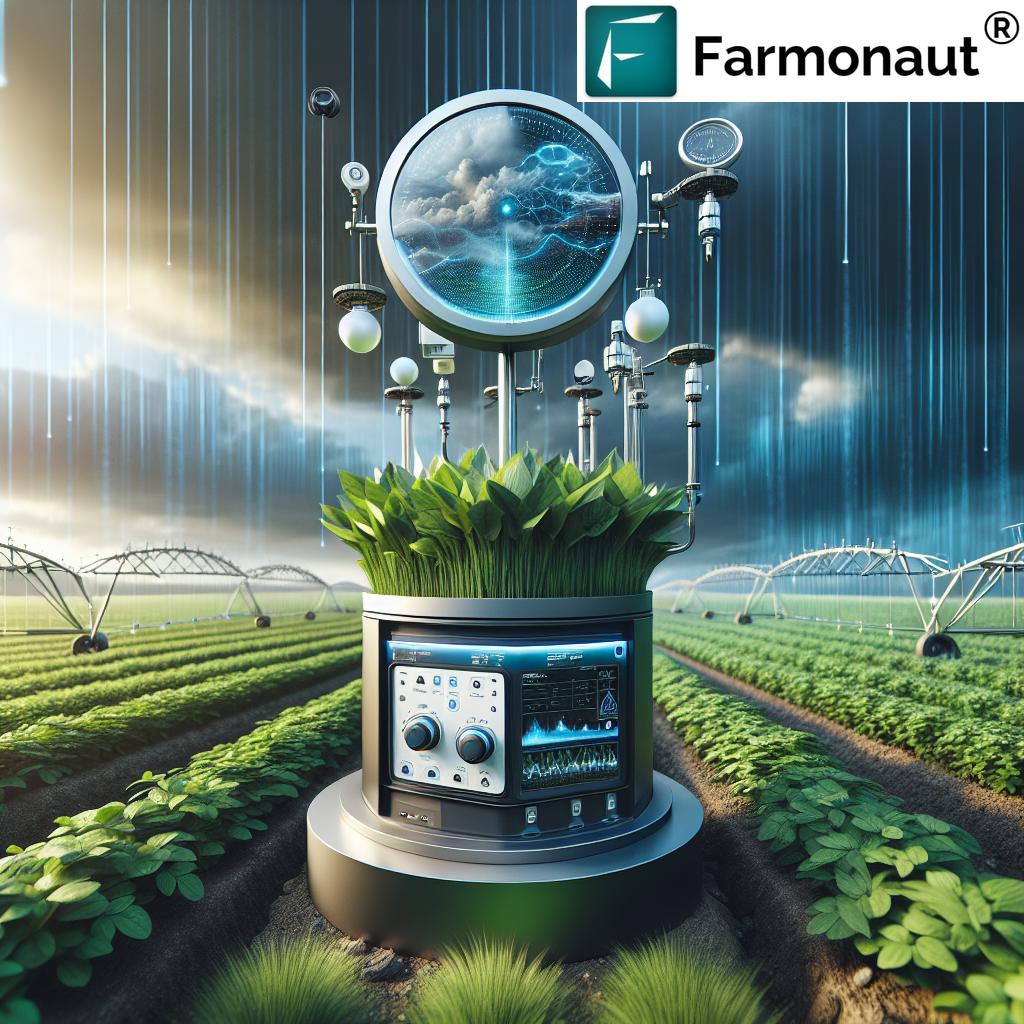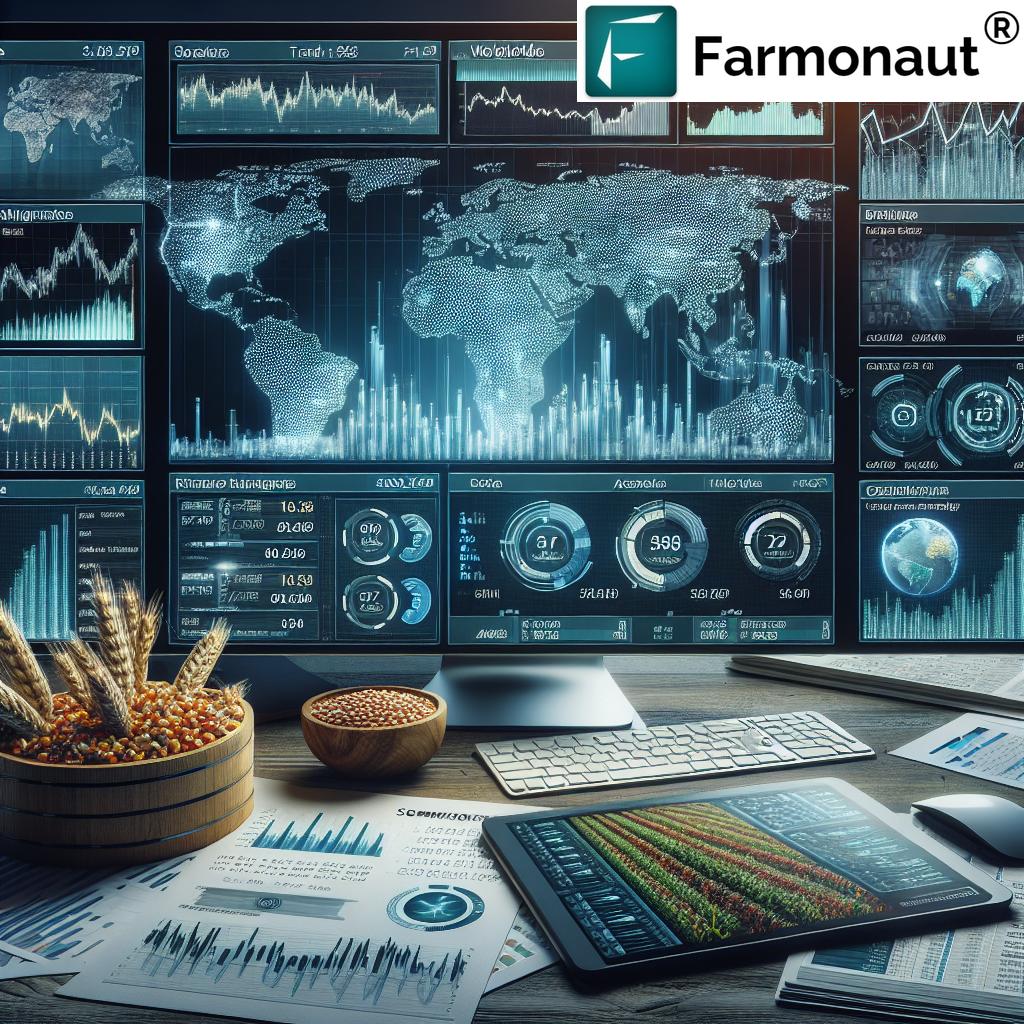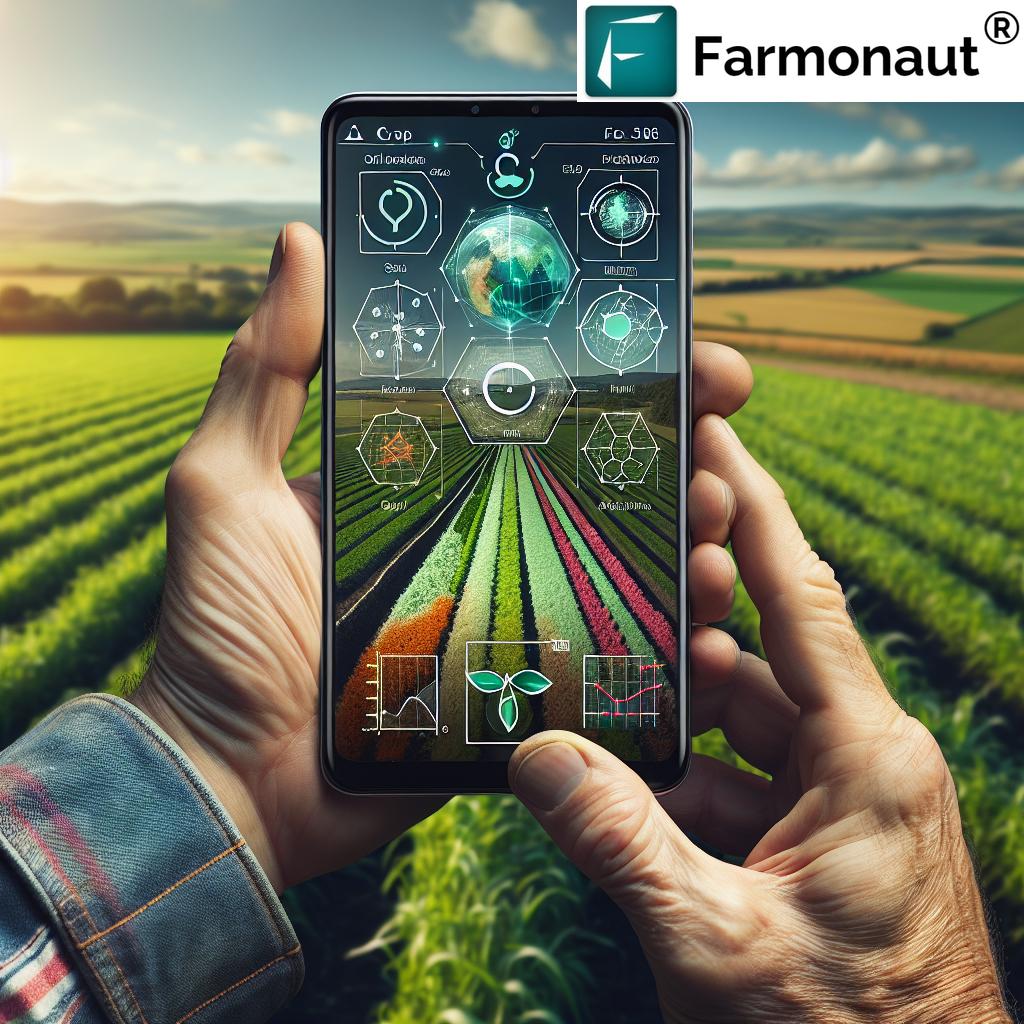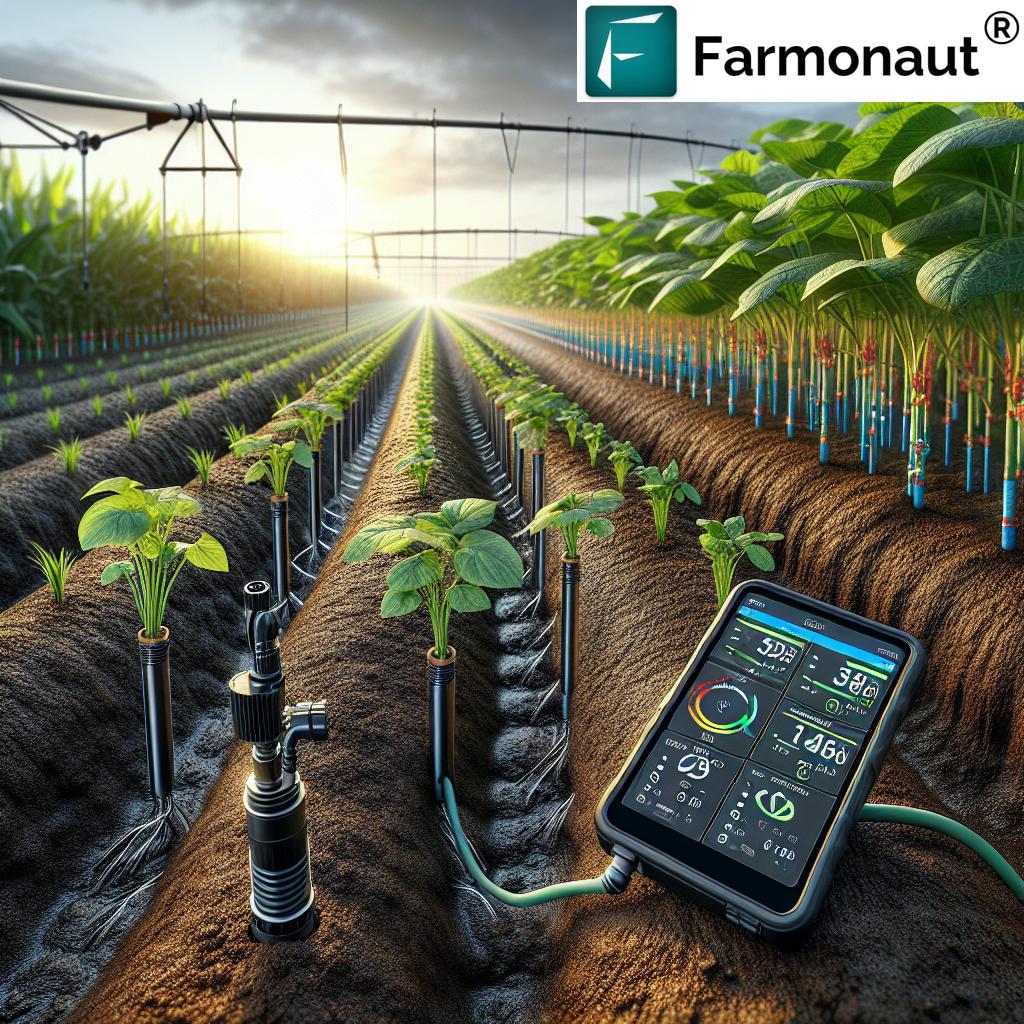Stages of Farming Crops: 8 Key Steps for 2025 Success
Meta Description: Stages of farming crops: Explore the eight key steps in crop farming for 2025, covering modern technologies, sustainable practices, and data-driven solutions that boost productivity and safeguard resources.
Stages of Crop Farming: A Comprehensive Guide for Modern Agriculture in 2025
Crop farming remains a cornerstone of global food security and is intrinsically tied to rural livelihoods and economic stability. The stages of farming crops have never been more vital or complex than in 2025, thanks to advancements in technology, sustainable methods, and the advent of smart systems. Whether you’re a traditional farmer adapting new practices, an agribusiness professional tracking industry trends, or a policymaker aiming to secure food supply and safeguard natural resources, understanding the key stages of crop farming is essential.
In this detailed guide, we dive into each of the eight major stages of crop farming, analyze how 2025’s technology and sustainability efforts have evolved current practices, and discuss actionable steps to optimize productivity for farmers worldwide. Look for interesting trivia and embedded educational videos as you progress — and discover how innovation and sustainability go hand in hand in farming’s future.
“By 2025, over 70% of farms globally are expected to adopt precision seeding and automated soil analysis technologies.”
Overview: The Stages of Farming Crops in 2025
The journey from bare land to harvested crop is a complex, multi-step process. Every stage not only impacts yield and quality but now influences our environment, carbon footprint, and sustainability.
Below are the essential eight stages that define modern crops and farming worldwide:
- Land Preparation
- Selection of Crop Type and Variety
- Sowing and Planting
- Crop Management
- Growth Monitoring
- Harvesting
- Post-Harvest Processing and Marketing
- Sustainability and Future Innovation
The stages of farming crops outlined here are tightly interlinked in 2025 — with digital platforms, remote sensing technologies, and real-time data-driven decision making powering unprecedented opportunities for increased productivity and environmentally friendly practices.
Watch this visual guide to better understand the major stages of crop farming that power global food supply in 2025.
Comparative Process-Timeline Table: Stages of Farming Crops in 2025
| Farming Stage | Estimated Timeline | Key Modern Technologies | Sustainable Practices | Impact on Productivity (%) |
|---|---|---|---|---|
| Land Preparation | 7–14 days | GPS-enabled tractors & tillers, automated soil testing sensors, drone mapping | Minimal tillage, cover cropping, incorporation of organic matter | +8% (Better soil health, improved germination) |
| Selection of Crop Type & Variety | 3–7 days | Biotech seed databases, climate modeling, yield forecasting tools | Selection of drought/pest-resistant varieties, crop diversification | +5% (Better risk management, optimized yields) |
| Sowing & Planting | 2–7 days | Precision seeders, planting drones, IoT seed depth sensors | Optimal spacing, minimal seed wastage | +10% (Improved germination, uniform growth) |
| Crop Management | Entire growth period | Smart irrigation, VRT fertilizer applicators, integrated pest monitoring | Drip irrigation, biological pest control, precision nutrient management | +15% (Reduced input waste, resilient crops) |
| Growth Monitoring | Throughout season | Satellite imagery, drone surveillance, AI diagnostics | Early stress detection, variable interventions | +12% (Timely response, improved health) |
| Harvesting | 1–14 days | AI & vision-guided harvesters, crop-specific robotics | Reduced crop loss, targeted, selective harvesting | +10% (Reduced losses, highest marketable quality) |
| Post-harvest Processing & Marketing | 7–60 days | Blockchain traceability, automated sorting/grading, digital marketplaces | Energy-efficient cold storage, minimal packaging | +7% (Lower spoilage, better prices) |
| Sustainability & Future Innovation | Ongoing | Carbon monitoring, vertical/urban farming, controlled-environment tech | Biodiversity integration, soil carbon sequestration, circular resource use | +8% (Eco-efficiency, long-term resilience) |
*Data are estimates based on contemporary trends, and impacts may vary by location and crop type.
Stage 1: Land Preparation – Laying the Foundation for Crop Success
The journey of crop farming begins with preparation of land. In 2025, farmers leverage several advanced technologies in this crucial stage to ensure soil health and optimal field conditions for all types of farming crops.
Modern Approaches in Land Preparation:
- Precision Tillage: Automated, GPS-enabled tractors and tillers are used to break up, mix, and level the soil evenly.
- Soil Testing and Analysis: Digital sensors and automated soil sampling equipment aid in rapidly assessing nutrient levels, pH balance, and organic matter content across fields, ensuring amendments are tailored to each region of the field.
- Cover Cropping: Sowing plants during fallow periods enhances soil organic matter and moisture retention, reduces soil erosion, and supports biodiversity.
- Minimal Tillage: Instead of deep disruption, current practices favor minimal soil disturbance to preserve microbial health and reduce erosion.
How Technology Transforms Land Preparation:
Satellite-guided tractors and remote monitoring systems enable precision in every pass, further augmented by real-time data on soil conditions. These practices, aligned with carbon footprint management solutions, help farmers reduce energy input and minimize environmental impact.
Watch this video for a deep dive into precision tech and AI in farming—laying the crucial foundation for sustainability and high productivity.
Stage 2: Selection of Crop Type and Variety – Making Informed Choices
The careful selection of crop type and variety is more important than ever in the context of climate change and evolving market demand. The right decisions at this stage can mitigate risks, optimize yields, and ensure sustainable food production.
Key Factors in Modern Crop Selection:
- Climatic Conditions: Decisions consider rainfall, temperature, and weather patterns – with the help of climate modeling and regional weather forecasts powered by AI.
- Soil Health and Water Availability: Analysis of soil conditions and water resources is crucial for matching crop requirements to the field’s capabilities.
- Market Trends: Real-time digital platforms update farmers on demand, pricing, and trending varieties suited for their environment and marketplace.
- Biotechnology Advances: Drought-resistant, pest-resistant, and high-yield varieties are selected using crop-specific seed databases.
Data-Driven Crop Selection:
By leveraging big data and AI, farmers increase the precision of their decisions, reducing risk and aligning with profitable, sustainable outcomes. Platforms like blockchain traceability tools now ensure seed authenticity and transparency in the sourcing process.
Explore how AI-powered drones and big data analytics are revolutionizing crop and variety selection, minimizing risks while driving up quality and farm profitability in 2025.
“Modern crop monitoring systems can increase yield prediction accuracy by up to 30% compared to traditional methods.”
Stage 3: Sowing and Planting – Optimizing for Germination & Uniformity
Sowing and planting have evolved through the adoption of precision technologies and digital monitoring. In 2025, this stage marries scientific understanding with innovation to increase seed use efficiency and uniform crop stands.
Modern Sowing and Planting Techniques:
- Precision Seeders and Drills: Ensure every seed is placed at the optimal depth and spacing for uniform emergence and robust growth.
- Drone-Aided Sowing: Drones equipped with IoT sensors and variable-rate controls adapt seeding rates to spatial variability in fields.
- Climate-Smart Scheduling: Weather forecast integration and remote sensors help identify the best sowing period to reduce risk and maximize productivity.
By integrating large-scale farm management solutions, farmers can schedule, monitor, and adjust sowing plans in real time, contributing to operational efficiency and field-level adaptability.
Discover how solar-powered irrigation and smart seeding synergize to enable resilient crop establishment, even in challenging climates.
Stage 4: Crop Management – Integrated, Intelligent and Sustainable
Modern crop management is a holistic approach integrating irrigation, nutrient application, pest and disease control, and weed suppression. Technologies supporting efficient resource use and risk reduction are at the core of modern management systems in 2025.
Modern Management Methods:
- Precision Irrigation: Smart irrigation systems use soil moisture sensors and automation to enable precise, efficient watering.
- Fertilizer Application (VRT): Sensors and geospatial data power variable rate technology (VRT), applying fertilizers only where needed.
- Integrated Pest Management (IPM): Combines biological, mechanical, and chemical measures with AI-assisted monitoring for environmentally conscious control.
- Weed and Disease Control: Early detection using satellite imagery and in-field AI tools allows targeted interventions, reducing heavy chemical usage.
Integrated approaches and remote data collection empower farmers to optimize inputs, reduce waste, and protect both yields and the environment. Explore satellite-based crop insurance solutions to mitigate financial risks linked with unpredictable climate and pest challenges for your farm.
Deepen your understanding of carbon farming, soil health, and climate-smart solutions that make crop management both productive and regenerative.
Stage 5: Growth Monitoring – Real-Time Insight and Precise Intervention
Monitoring crop health and growth is pivotal for detecting problems early, averting potential losses, and enabling timely corrective actions. In 2025, remote sensing, satellite imagery, and AI-powered analytics are standard tools that fuel data-driven decision-making.
Key Technologies in Growth Monitoring:
- Multispectral Satellite Imagery: Captures NDVI and other indices to assess plant vigor, nutrient levels, and stress detection.
- Drones and On-Field IoT Sensors: Deliver centimeter-level insights for targeted diagnostics and rapid-response management.
- Mobile and Web Apps: Provide farmers with immediate alerts and action plans when anomalies are detected.
We at Farmonaut provide real-time crop health monitoring tools via satellite, letting users map and monitor fields remotely for early stress detection and efficient resource allocation. Our technology enables precise interventions that improve yield, minimize input waste, and contribute to sustainability goals.
See how we at Farmonaut deploy satellite-based crop monitoring—enabling farmers worldwide to detect problems, optimize management, and ensure resilient harvests.
Stage 6: Harvesting – Maximizing Quality and Minimizing Losses
Crop harvesting methods must be efficient, timely, and tailored to crop type. Technological advancements now reduce labor, optimize timing, and enhance final quality by preventing post-harvest losses.
Harvesting Innovations for 2025:
- AI & Computer Vision-Equipped Harvesters: Robotic harvesters can detect crop ripeness and execute selective picking for specialty crops (e.g., berries, tomatoes), preserving premium quality.
- Advanced Combine Harvesters: Integrated with yield monitors and moisture sensors, ensuring maximum efficiency and data capture during large-scale grain or oilseed harvesting.
- Off-Field Handling: Modern field logistics systems ensure rapid transport to drying, storage, and processing facilities, reducing the risk of spoilage and quality loss.
By integrating fleet management solutions, operators can track machinery movement, monitor fuel usage, and optimize logistics—directly contributing to more efficient, cost-effective harvesting cycles and reducing environmental impact.
Gain insights into the full harvesting process—from pre-harvest growth conditions to pest management and logistics—focusing on quality and sustainability.
Stage 7: Post-Harvest Processing and Marketing – Adding Value, Ensuring Safety
After harvesting, the focus shifts to processing, packaging, and marketing the critical yield. The 2025 landscape is defined by traceability systems, digital marketplaces, and advanced logistics to secure food quality and safety.
Key Elements in Post-Harvest Handling:
- Automated Sorting, Grading & Packing: Robotics and AI enable rapid, uniform quality assessment and efficient packaging.
- Blockchain-Based Traceability: Each step of the post-harvest supply chain—cleaning, packing, warehousing, logistics, marketing—is recorded for transparency. This enables buyers and consumers to verify authenticity, freshness, and sustainability credentials.
- Digital Marketplace Integration: Farmers and sellers leverage online platforms to access a broader range of markets and gain fairer prices via more transparent price discovery mechanisms.
Explore how our blockchain-powered traceability solution helps verify crop origin, streamline transaction documentation, and assure quality from field to fork—enabling greater trust and efficiency in agri-marketing.
See blockchain in action, securing transparency and quality throughout post-harvest processing and boosting market confidence.
For developers and agritech companies: Integrate advanced satellite and weather analytics into your own platforms using the Farmonaut API platform. For full implementation guides, see the Farmonaut Satellite & Weather API Developer Docs.
Stage 8: Sustainability and Future Innovation – The Road Ahead
The final and ongoing stage in the stages of farming crops is ensuring sustainability and adapting for the future. The environmental footprint of crops and farming is under scrutiny, pushing for climate-smart solutions that serve both productivity and ecological stability.
Diverse Innovations Defining Crop Sustainability:
- Carbon Footprinting Platforms: Track emissions from field operations, fertilizer use, and transportation to set, monitor, and achieve reduction targets (Farmonaut Carbon Footprinting).
- Soil Carbon Sequestration: Practices such as cover cropping, diverse crop rotations, biochar use, and reduced tillage increase organic carbon locked in soil.
- Vertical and Controlled Environment Farming: Allow year-round, space-efficient crop production with strict control of water/nutrient input and energy use.
- Integrated Biodiversity: Preserving ecological corridors, introducing pollinator habitats, and deploying pest-resistant crop varieties support natural resilience.
The pursuit of sustainability requires investment in knowledge, operational change, and continued monitoring. Through ongoing adoption of traceability and environmental management systems, the future of crop farming can be robust and eco-friendly.
Farmonaut and the Modern Era of Crop Farming: Satellite Solutions for 2025 & Beyond
Modern agriculture is increasingly data-driven, and satellite monitoring is the backbone of precision farming in 2025. At Farmonaut, we aim to democratize agriculture technology—making satellite-driven insights, AI-powered advisory, and traceability accessible to every farmer, business, and policymaker.
- Satellite-Based Monitoring: We use satellite images to monitor crop health, soil conditions, and field-level changes—empowering informed management at every stage of crop farming.
- Jeevn AI System: Our AI layer delivers real-time weather, strategic guidance, and actionable alerts tailored to local field needs—improving productivity and reducing risk.
- Blockchain Traceability: Every step, from seed to market, can be transparently verified using our blockchain-powered tools—strengthening food safety, authenticity, and sustainability.
- Fleet & Resource Management: Optimize logistics, reduce costs, and meet sustainability targets by smartly tracking machinery, vehicles, and on-field assets in real time.
- Environmental Monitoring: Track carbon emissions, resource usage, and environmental impacts for full-spectrum compliance and sustainability.
We serve everyone from individual farmers and rural businesses to large-scale agri-enterprises and financial institutions. Our modular system is available via Web, Android and iOS apps, or API—providing scalability and real-time connectivity for the entire stages of farming crops cycle.
FAQ: Stages of Farming Crops 2025
What are the main stages of farming crops in 2025?
The key stages of farming crops are Land Preparation, Selection of Crop Type and Variety, Sowing and Planting, Crop Management, Growth Monitoring, Harvesting, Post-Harvest Processing and Marketing, and Sustainability/Future Innovation. Each stage now incorporates advanced technologies and sustainable practices for optimal productivity and environmental stewardship.
How has technology improved the efficiency of farming and crops?
Technologies such as satellite monitoring, AI-driven advisory, precision machinery, IoT sensors, and blockchain traceability have made every aspect of farming and crops more efficient. These tools enable data-driven management, early stress detection, optimized resource use, and traceable, high-quality crop output.
Which stage benefits most from precision agriculture in 2025?
While every stage is enhanced, Sowing/Planting and Growth Monitoring see significant boosts from precision methods—thanks to optimal seed placement, variable-rate input, and remote sensing for real-time decision making.
How does post-harvest traceability impact marketing?
Blockchain-powered traceability gives all actors in the supply chain—producers, distributors, consumers—confidence in crop provenance, food safety, and sustainable credentials. This unlocks better market prices and more direct trade opportunities for farmers.
Is carbon farming only relevant for large-scale operations?
No. Carbon monitoring and soil sequestration practices can benefit both smallholders and large-scale farms, offering improved sustainability, access to new carbon markets, and enhanced field health.
How do I start using Farmonaut solutions for my farm?
You can get started via the Farmonaut web, Android, or iOS app. Larger agribusinesses and technology providers can integrate with Farmonaut API for large/automated deployments.
Do Farmonaut tools support sustainability certifications?
Yes. Traceability and environmental monitoring features meet key certification requirements, providing robust, verifiable data for sustainable or carbon-neutral labels.
Where can I learn more about advanced crop management and digital farming?
We recommend reviewing our full solution suite, including large-scale farm management tools and in-app education, plus exploring the YouTube videos embedded throughout this guide.
Conclusion: Embracing Technology & Sustainability in the Stages of Crop Farming for 2025 Success
In 2025, the stages of farming crops have evolved to be highly interconnected, technologically advanced, and acutely sustainability-focused. Each stage, from precision land preparation to blockchain-secured marketing, builds a framework for not just more productive farming, but a resilient, secure, and environmentally responsible food system.
Adopting modern practices outlined here empowers farmers, agribusiness professionals, and policymakers to confidently navigate tomorrow’s agricultural challenges. Investing in digital platforms, satellite insights, AI-driven decision making, and traceability ensures higher yields, lower risk, and a positive environmental impact—now and into the future. The future of farming and crops is data-driven, efficient, and increasingly green.
Ready to optimize your journey through every stage of modern farming?
Start with Farmonaut’s satellite-powered solutions today and unlock higher productivity, transparency, and sustainability across your fields.



